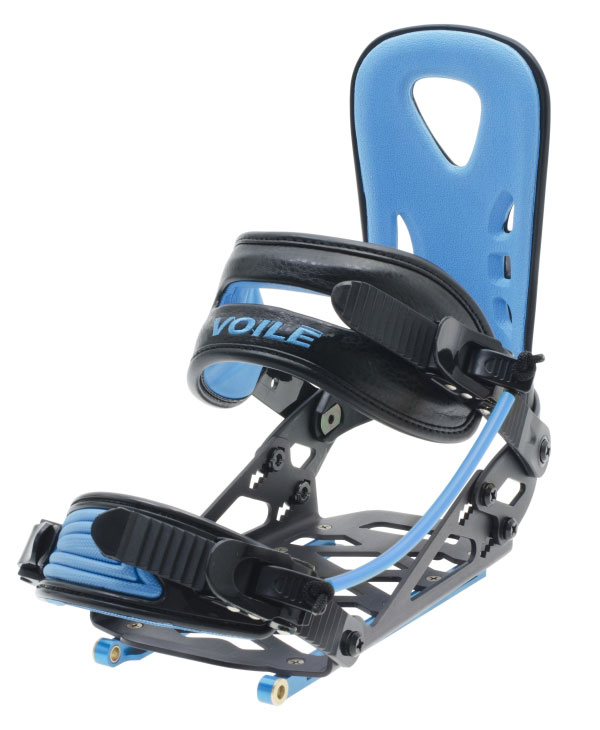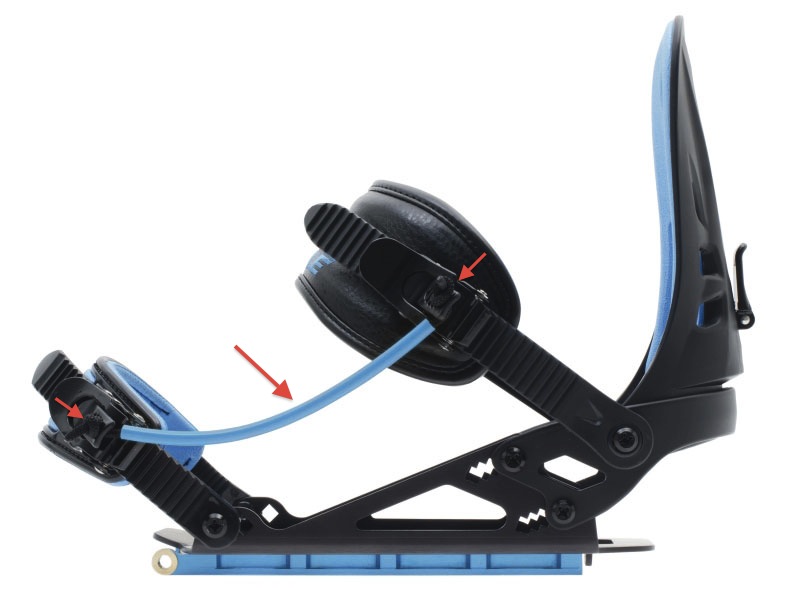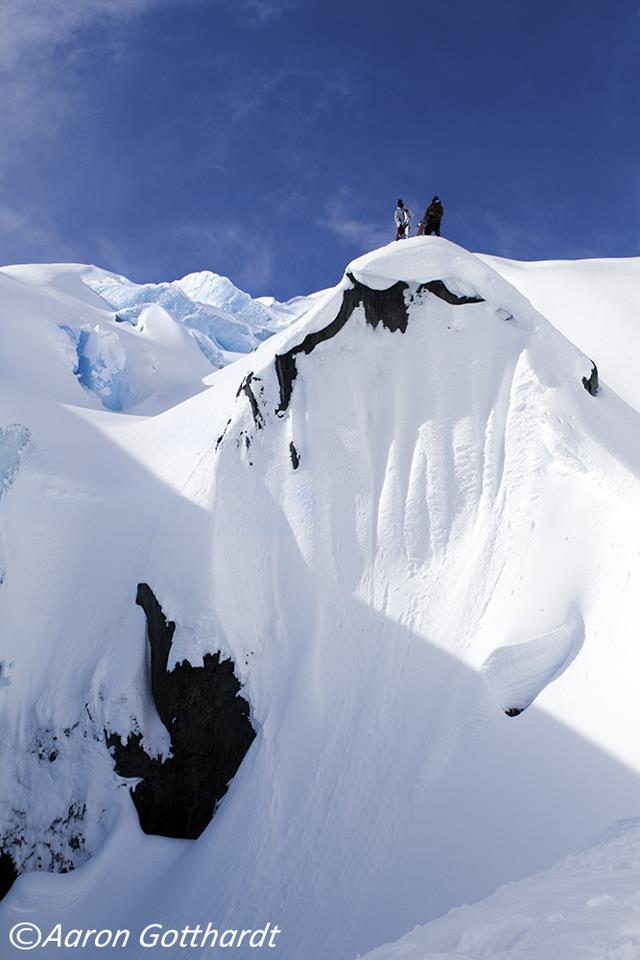 2012-2013 Voile Light Rail Splitboard Binding
2012-2013 Voile Light Rail Splitboard Binding
Size: Large (11+ boot)
Board used: 2013-2014 Lib Tech Travis Rice, 161.5cm
Days ridden: 15+
Test locations: Grizzly Gulch, Utah; Thompson Pass, Alaska
MSRP: $249
[Editor’s Note: For 2013/2014, the Voile Light Rail Splitboard Binding will have a new color and new branding, and will also be available in a women’s specific model in two sizes (S/M).]
If you’re interested in earning your turns and decide that a splitboard is your preferred method of accessing the backcountry, you really have only two options when it comes to bindings.
The cheaper method is a conversion kit that enables regular bindings to be mounted on a splitboard with plates. Though cheaper, this increases the weight and raises the foot-bed of the binding roughly half an inch higher off the board because the binding rests on top of pucks.
Splitboard-specific bindings, while more expensive, give the rider better board feel by placing the binding directly on the board. They are also much lighter.
Having begun splitboarding on a pair of Drake Super Sports with a Voile plate conversion kit, I quickly recognized that regular bindings fitted with the kit left much to be desired, and I quickly sought out splitboard-specific bindings.
Voile, Spark R&D, and Karakoram are big players in the splitboard binding market, and while researching their bindings I came across the Voile Light Rail.
The Light Rails featured one characteristic that was particularly intriguing to me: “an Avalanche Rip Cord” that “has been attached to both quick release buckles to aid when backcountry riding in avalanche prone areas.”
Avalanche Ripcord

The avalanche ripcord is a feature that I have only ever seen on the Light Rail. In essence, it is a string that the rider ties on to the ratchet on the toe strap and the ratchet on the heel strap, connecting the two. In theory, it could be pulled to remove your foot from the bindings quickly and prevent your board from pulling you down in the event of an avalanche.
Fortunately, I did not ever need to use them in an avalanche, but I did use them every time I unstrapped my bindings, as I could quickly swipe my hand and with one pass have my feet completely free.
The only issue I experience was on one occasion when the cord snagged on a tree branch at ground level and managed to loosen both straps. That one instance made me nervous to keep riding with the ripcord, and I contemplated taking it off altogether, leery that it might catch again, or, more so, that I might accidentally un-strap myself while grabbing mid-air. In the end I kept the ripcord on, but it is something to be aware of when using this binding.
Straps
While some splitboard binding companies have partnered with snowboard manufacturers to produce particular elements of their bindings (e.g. Spark R&D/Burton, Karakoram/Bent Metal), Voile’s straps and ratchets are their own. This was the sole downside I found in my Light Rails.
First, to its credit: the Light Rail, like most bindings, is designed to be worn around the toe of the boot, which helps pull the boot to the back of the binding. The strap is also flexible to help fit snugly over the curved toe of the boot, and there are grooves to help it stay in place.
But the strap itself is also relatively flat compared to most other bindings, so it didn’t fit as securely around my toes. This meant that on two or three different occasions, the toe strap would slip down, leaving my foot affixed only by the heel strap. Although it is not the end of the world, it can be a nerve-wracking situation when you are demanding absolute performance from your gear.
Otherwise, the heel strap and buckles are functional, but not flashy. There is an adequate amount of padding to remain comfortable but little else, remaining lightweight rather than adding unnecessary features such as foam padding underfoot or strap covers.
Touring
A major difference between using regular bindings versus the split-specific Light Rails was the option for negative forward lean in the highback. By allowing the highback to angle backward while touring, Voile has increased how long each stride can be.
A regular highback, which stops at zero degrees or has built-in forward lean, limits how long each step or stride can be. Allowing the highback to have negative lean enables an incrementally longer stride with each step, which while small, adds up over a lengthy tour.

Switching between touring and standing sideways was easy. The system uses the standard splitboard sliding pin to secure the binding to the pucks, with a clasp that folds over to prevent the pin from sliding out. On occasion I had difficulty pushing the pin through smoothly due to snow and ice that had built up, but was able to secure it properly each time.
